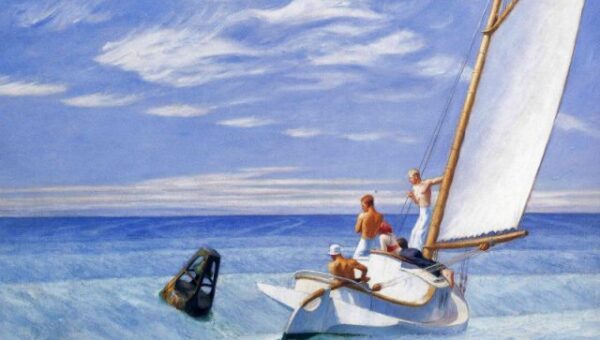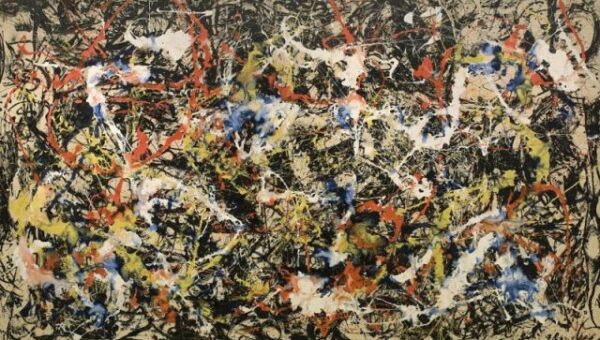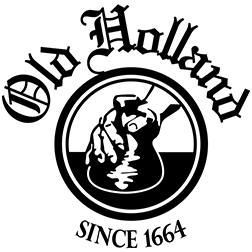
Best artists of all time: Frans Hals (1582 – 1666)
Frans Hals was born in 1582 or 1583 in Antwerp. Hals played an important role in the evolution of 17th-century group portraiture. He is known for his loose painterly brushwork.
Hals is best known for his portraits, mainly of wealthy citizens such as Pieter van den Broecke and Isaac Massa, whom he painted three times. He also painted large group portraits for local civic guards and for the regents of local hospitals. He was a Dutch Golden Age painter who practiced an intimate realism with a radically free approach.
His pictures illustrate the various strata of society: banquets or meetings of officers, guildsmen, local councilmen from mayors to clerks, itinerant players and singers, gentlemen, fishwives, and tavern heroes.
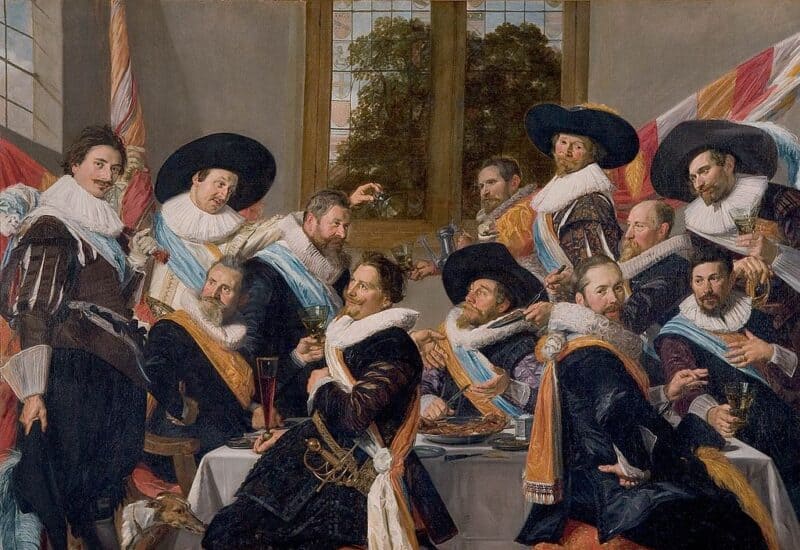
In his group portraits, such as The Banquet of the Officers of the St Adrian Militia Company in 1627, Hals captures each character in a different manner.
The faces are not idealized and are clearly distinguishable, with their personalities revealed in a variety of poses and facial expressions.
Hals was fond of daylight and silvery sheen, while Rembrandt used golden glow effects based upon artificial contrasts of low light in immeasurable gloom. Hals seized a moment in the life of his subjects with rare intuition. What nature displayed in that moment he reproduced thoroughly in a delicate scale of color and with mastery over every form of expression. He became so clever that exact tone, light and shade, and modeling were obtained with a few marked and fluid strokes of the brush.
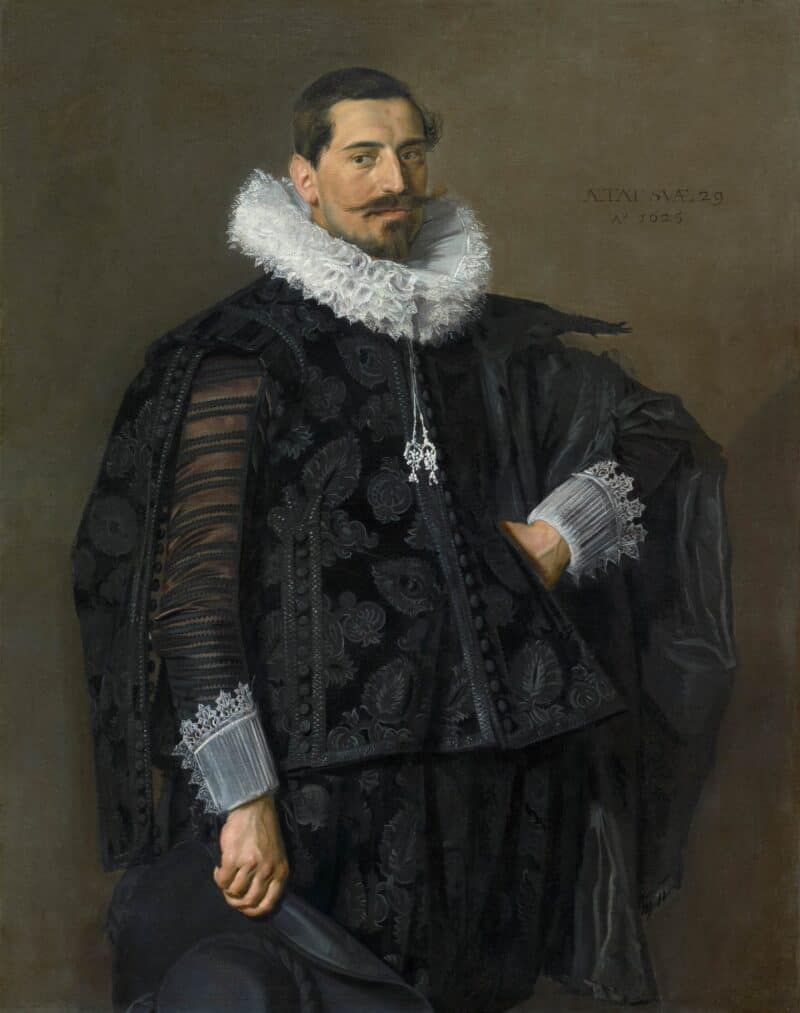
He became a popular portrait painter, and painted the wealthy of Haarlem on special occasions. He won many commissions for wedding portraits (the husband is traditionally situated on the left, and the wife situated on the right).
His double portrait of the newly married Olycans hang side by side in the Mauritshuis, but many of his wedding portrait pairs have since been split up and are rarely seen together.




